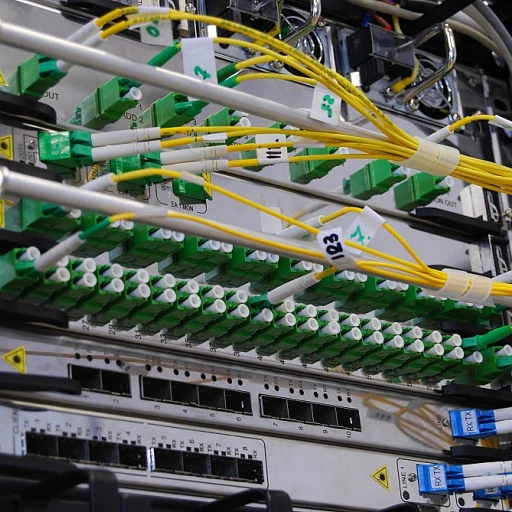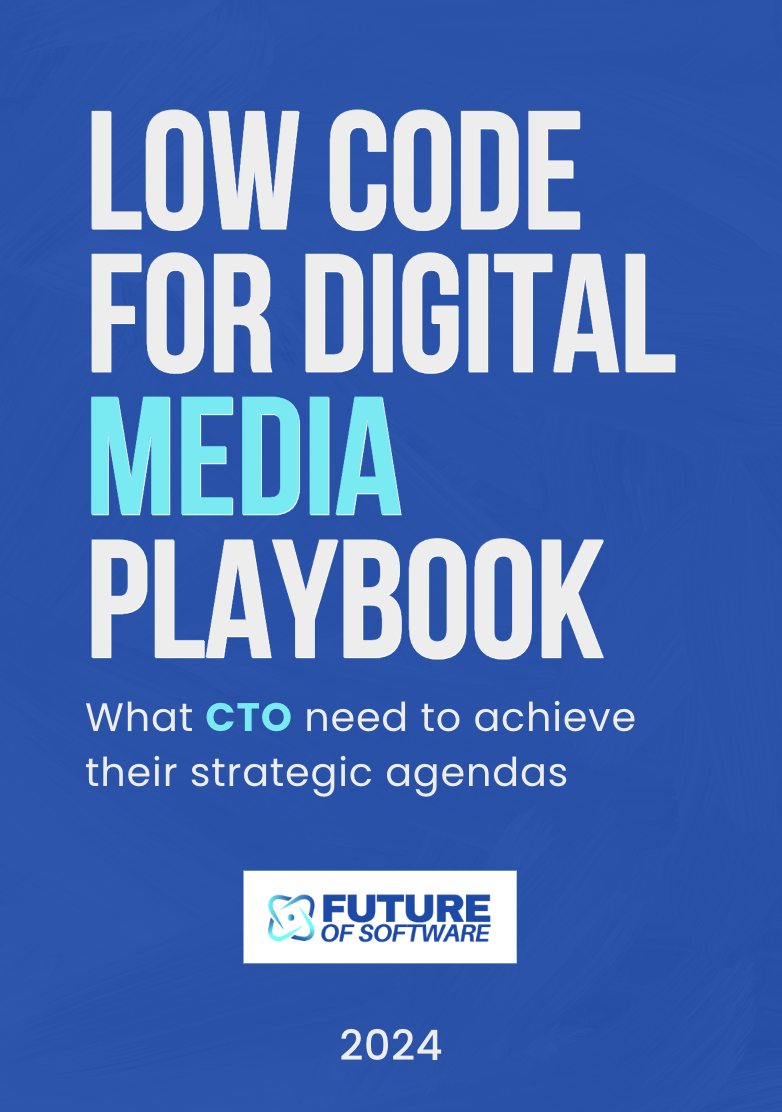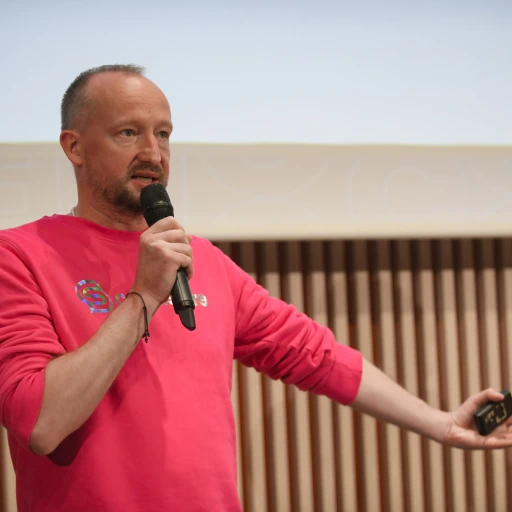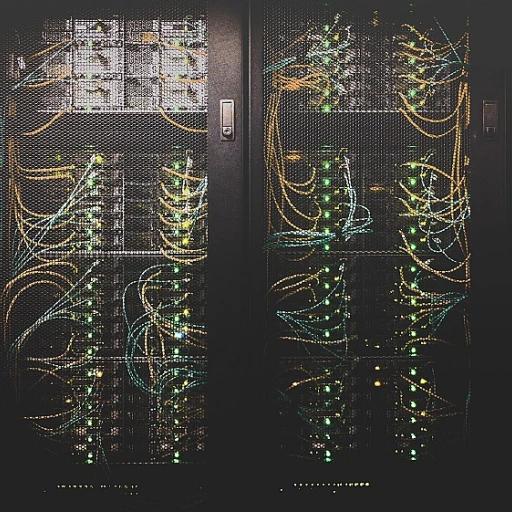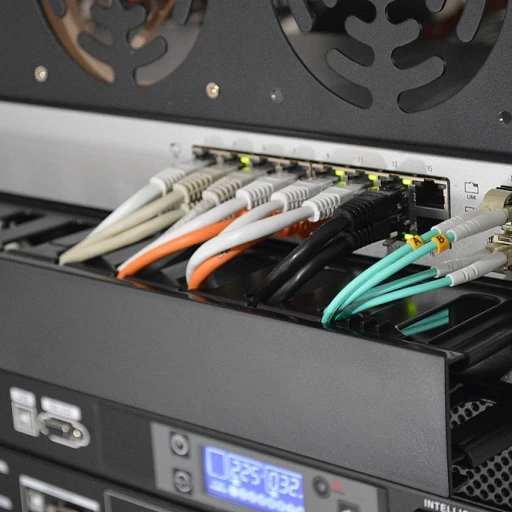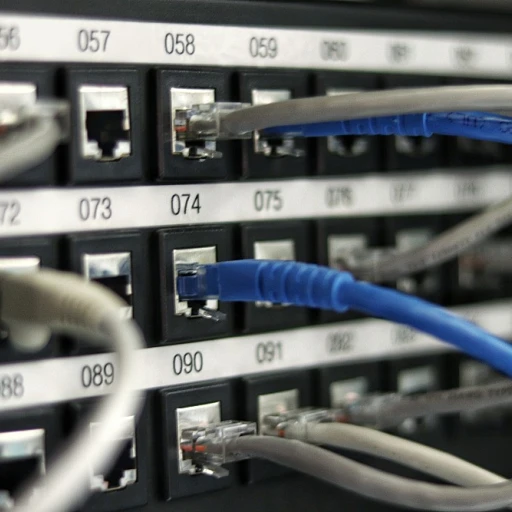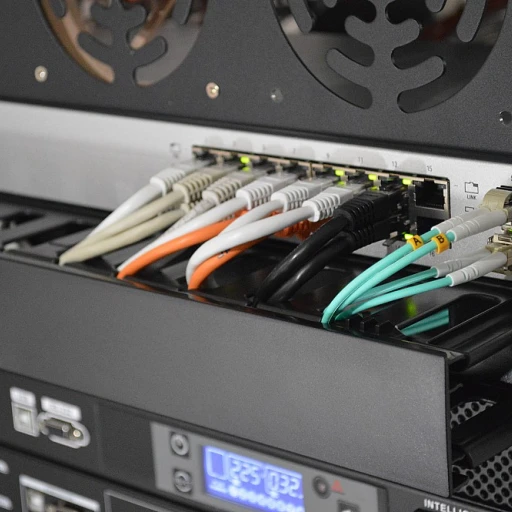Understanding Headless CMS
The Rise of a New Content Management System Era
Ever wondered why all the buzz about headless CMS? Think about this—separating the frontend presentation layer from the backend content management system opens up a world of flexibility. With a headless architecture, content is delivered via RESTful APIs or GraphQL, letting developers build sites and apps using any frontend technology they fancy. This decoupled approach means you can create unique user experiences across different devices and platforms.
Why's that important? Well, we're in a digital age where users demand seamless interactions whether they’re visiting your site from a desktop, a smartphone, or even a smartwatch. A headless CMS is all about giving you the tools to deliver content that keeps up with their expectations. Plus, you’re not locked into a monolithic system's constraints.
Discover more about the headless CMS architecture to see how it can transform your content management strategies.
Why Choose Drupal for Headless CMS?
The Benefits of Choosing Drupal for Decoupled Applications
Deciding on a content management system is a big step in shaping your web strategies. Embracing Drupal as a choice for headless CMS development is a move that continues to gain momentum for many good reasons. Being open-source speaks volumes, but the features and support from an enthusiastic community make it a remarkable platform for modern software projects. Drupal offers an amazing level of flexibility. It's a strong backbone capable of managing front and backend operations, making it a great choice for developers wanting a decoupled drupal experience. With the ability to integrate API-first architecture, developers can streamline content creation, and facilitate seamless content delivery across various frontend environments.How Drupal Enhances Frontend Development
Making use of Drupal's robust REST API or JSON API for accessing data means that frontend development can be a much more liberated task. Developers using frontend frameworks, like React, can truly make the most of the unmatched flexibility in design and interaction, achieving that high level of user experience so desperately needed in today's competitive web. The decoupled architecture separates concerns efficiently, allowing each team or developer to focus on their expertise. Building a JSON-driven web application ensures content flows efficiently between Drupal and other frontend platforms. This not only enhances the user experience but also improves the efficiency of web management.Flexibility in Digital Experiences
One massive advantage of using Drupal for headless CMS needs is its power to craft authentic digital experiences. Leveraging its adaptable API capabilities, content managers and developers can deliver content that's responsive and visually captivating, no matter the platform. The decoupled approach creates room for innovation, where each digital touchpoint can be unique and tailored to audience needs. Linking to more advanced discussions on CMS architecture, you should explore exploring the potential of headless CMS architecture for further insights. This will surely boost understanding and broaden perspectives around evolving content management systems. By aligning with leading-edge tech paradigms, Drupal remains a formidable player in the headless world, adapting and growing alongside digital trends. And as businesses strive to differentiate their digital footprint, adopting a headless approach using Drupal could just be the path to top-notch digital storytelling and engagement.Drupal's Role in Future Software Development
The Growing Influence of Drupal in Software Progression
Drupal is not just another tool for web development; it's a pivotal player in how we create and manage digital experiences today. When talking about future software, it becomes essential to recognize how platforms like Drupal contribute to this evolution, especially in a headless setup. Beyond the traditional CMS, where everything from content creation to presentation is bundled together, headless CMS like Drupal separate these duties. This separation is incredibly potent when you look at the broad range of modern devices and interfaces, like smart speakers or digital billboards, that need information but don’t need a webpage wrapped around it. Enter Drupal, open-source and designed for decoupled architectures. Imagine having the brains of your operation—your data and content—housed in one place, while using React or another front-end technology to display it wherever and however you like. It’s the strategy that recognizes different user needs, delivering content seamlessly across various digital platforms. Drupal’s strength in decoupled architecture (also known as headless architecture) lies in its powerful REST API and JSON API capabilities, making it easier to manage and deliver content without being tied to a single front-end framework. This flexibility means it can readily keep pace with rapid developments in the digital experience landscape. As our demands evolve and become more complex, we require customization and efficient content delivery, qualities inherent to a headless Drupal setup. By leveraging APIs, content is not constrained to just a drupal website but can be pushed simultaneously to various digital endpoints. Supporting this transformation of Drupal in headless cms development are tangible real-world applications, showcasing its adaptability. Take, for instance, a global data firm that chose headless Drupal to unify their data-driven content management across devices and platforms. Their user experience was significantly enhanced, as information was always current, and deploying updates didn’t mean redesigning every user interface. The emphasis on user experience means thinking beyond the static website. Drupal is not just about CMS; it’s becoming integral in modern web management, where data needs to be served to heads, i.e., client applications that present content through web apps, mobile apps, or even IoT devices. As software progress continues, Drupal’s role becomes not just about staying relevant but leading in headless cms development and offering pathways for a unified digital experience. The journey ahead, focusing on the future of software, will no doubt continue to feature Drupal as a significant driver in both content management and headless architectures. For more insights, explore how low-code consulting aligns with these themes in embracing low-code consulting.Challenges and Considerations
Pitfalls and Lessons in Headless Drupal Journeys
When digging into the world of headless CMS with Drupal as your chosen framework, there are hurdles you'll inevitably face. Yes, the system is a powerhouse to deliver content seamlessly across platforms, but it's not all sunshine and rainbows. Imagine you've decided to go the decoupled route, where the front and back ends are independent. Smooth sailing, right? Well, not quite. The open-source nature of Drupal means flexibility, yet requires a solid understanding of multiple components. The content management isn’t exactly plug-and-play; it's a whole new philosophy that demands commitment. API Challenges: Drupal's REST API or JSON API can perfectly pipe content to your frontend, be it a website or an app. But integration can be tricky. The need to standardize data that fits your desired user experience could mean extra layers of coding. React, for instance, might mesh well if you’re already fluent in the language, but what about customization beyond the usual use cases? Security Concerns: A decoupled architecture often opens up security vulnerabilities not typically seen in traditional CMS setups. Rigorous testing is needed to safeguard not only the Drupal backend but the user data playing across various channels. Development Overhead: Headless Drupal can become resource-intensive. Development time increases when you're not just managing a CMS but an entire API service. It needs skilled developers who understand both back and front ends, which can be expensive and time-consuming. Content Coordination: Managing content in a headless setup can sometimes resemble herding cats. Ensuring that updates on your Drupal CMS smoothly travel through various frontends without a hiccup is easier said than done. Even with these obstacles, many developers find the flexibility worth the trouble. As with any technology, understanding these considerations upfront helps facilitate smoother development cycles, better digital experiences, and a more strategic use of Drupal in delivering content. For more insights on platforms, read about additional options available here.Real-world Applications and Case Studies
Real-world Success Stories
When it comes to using Drupal as a headless CMS, the proof is in the pudding. Let's look at some real-world examples where Drupal has made a significant impact.
Weather.com: A Seamless User Experience
Weather.com is a prime example of how a decoupled Drupal setup can enhance user experience. The website uses Drupal for content management while leveraging a separate frontend framework to deliver content dynamically. This approach ensures that users get real-time updates and a smooth browsing experience, regardless of the device they're using. The use of a headless architecture allows for faster load times and a more interactive interface, which is crucial for a site that millions rely on for timely weather updates.
University of Colorado: A Unified Digital Platform
The University of Colorado revamped its digital presence by adopting a headless Drupal architecture. By decoupling the frontend and backend, the university created a unified platform that serves both students and faculty efficiently. With Drupal handling content management, the university's IT team could focus on developing a user-friendly frontend that meets the needs of its diverse audience. This setup has improved content delivery across various channels, making it easier for users to access information on the go.
Warner Music Group: Engaging Fans Worldwide
Warner Music Group has taken advantage of Drupal's headless capabilities to engage with fans globally. By using Drupal as the backend CMS, they can manage vast amounts of content and deliver it through various digital platforms. The integration of REST APIs allows them to push content to mobile apps and websites seamlessly, ensuring fans get the latest updates and exclusive content without delay. This flexibility has helped Warner Music Group maintain a strong connection with their audience in a fast-paced digital environment.
Challenges and Solutions
While these examples highlight the potential of Drupal as a headless CMS, it's not all sunshine and rainbows. Organizations often face challenges such as integrating with existing systems or ensuring data consistency across platforms. However, with the right strategy and tools, these hurdles can be overcome. Drupal's robust API capabilities and extensive community support make it easier to tackle these issues head-on, ensuring a successful implementation.
As more organizations shift towards a headless approach, Drupal continues to prove its worth as a reliable and flexible content management system. Whether it's delivering content through a static site or engaging users through a dynamic web application, Drupal's versatility is hard to beat.



